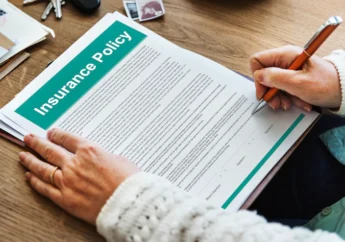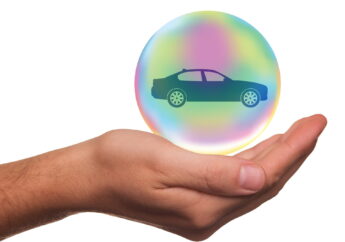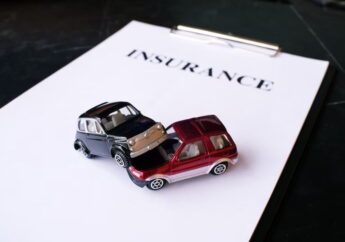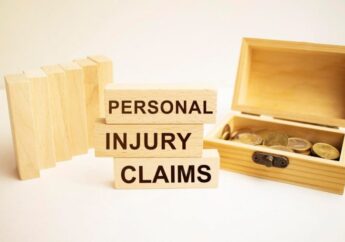A Detailed Automobile Insurance Guide-All You May Want To Know
by Abdul Aziz Mondal Insurance Published on: 04 May 2021 Last Updated on: 27 December 2024
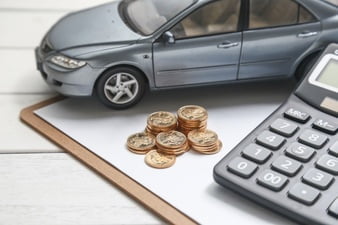
Automobile insurance is an essential precautionary measure that every motorist should give a priority. You are likely to find yourself in a collision with another can, sustain injuries, both minor and major. The other motorists or your passengers may also sustain injuries. In fatal road accidents, someone may lose their life.
On the other hand, both vehicles may get damaged, warranting repairs or replacement. Your car may also be vandalized or stolen. And when such unfortunate occurrences happen, you need friends like york insurance companies to help you back on the road.
What is automobile insurance?
Purchasing car insurance guarantees you compensation in whole or part of repair or replacement when your car is stolen, vandalized, or involved in an accident. To obtain this coverage, you must have purchased an insurance policy from your preferred provider.
The term “automobile insurance” refers to different types of insurance coverage for all types of vehicles. Automobile insurance includes the following coverage:
- Collision
- Liability
- Comprehensive
- Underinsured motorist
- Uninsured motorist
- Personal injury protection
You need the following information to secure successfully a car insurance policy:
- Personal information including name, age, marital status
- Credit history
- Driving record
- Multiple drivers for the car
- Car details including the model, make, its age, safety features
What is covered in an automobile insurance policy?
The mentioned types of car insurance cover varying issues. You need to read further to understand how each is unique from the rest.
- Liability– this insurance pays damage and repair costs you cause to the driver of the other driver and their vehicle. It caters to property damage and bodily injuries.
- Collision– helps you repair and replace damages for your car involved in an accident.
- Comprehensive- is an all-inclusive cover catering to your car’s damage caused by fire, animals, vandalism, theft, and other unexpected occurrences.
- Uninsured motorist-covers you if the other motorist is at fault but do not have any insurance cover to repair or replace your damaged car.
- Underinsured motorist– this covers you if the other motorist’s liability insurance is insufficient to pay for your repairs or replacements. It also helps if there are medical expenses to be settled.
- Personal injury protection– this cover caters to your medical costs for injuries sustained in an accident. The coverage settlement applies regardless of which party at fault.
#1.Automobile insurance coverage:
Liability insurance policy caters to injuries, damages, and losses incurred from accidents where the insurance holder is at fault. However, liability insurance is only valid when the driver sustains injuries. The passengers on board the vehicle are not covered.
When accidents happen, both drivers are deemed to be partially at fault. This is because of the application of “comparative negligence”. It is in rare cases where you’re not at fault when accidents happen. For instance, when another motorist hits you from behind, you’re partly responsible for the collision.
What does liability insurance cover?
- Medical expenses for bodily injuries, trauma, pain, suffering, lost earnings, and other losses. Injuries sustained by the other motorists and their passengers.
- Property damages pay, for losses incurred by the other vehicle, other structures, and property associated with the accident.
#2.Auto-collision insurance:
Auto-collision insurance compensates damages by other vehicles. Other cars are exempted from this coverage. It’s a standard insurance policy for high-end vehicles or, if required by a lender, as a prerequisite to receiving a loan.
It includes a deductible and is more expensive than liability coverage. The higher the deductible you pay, the lower the policy rate.
What does collision insurance cover?
The insurance coverage covers your car damage even when you’re at fault. It applies when the other motorist’s policy does not cater to your loss when they’re at fault.
#3. Comprehensive coverage:
Comprehensive coverage is all-inclusive insurance. It caters to the damages on your car, the other motorist’s car. Most lenders make it a requirement to secure their investment if the car is stolen before the loan payments are settled.
What does comprehensive insurance cover?
- Vandalism
- Theft
- Animal damage
- Storms and other natural disasters
- Windshield and window damage
#4 Uninsured and underinsured motorist:
These two have everything to do with the other motorist who is at fault in an accident. An uninsured motorist is a driver who does not have insurance and neither cover repair and damages they’ve caused you.
On the other hand, underinsured motorist insurance is not sufficient to cover your damage costs. The value of their insurance may only cover bodily injuries to your passengers.
Some providers separate these two policies while others treat it as a single coverage.
What does it cover?
- Both are supplementary insurance for the other driver who’s at fault in an accident.
- Both have different coverage amounts to pay for damages and bodily injuries.
- Most providers limit the amount a client can pay to equal the limit of your liability coverage.
#5 Personal injury protection insurance:
This insurance settles all additional medical expenses you may have incurred as a result of an accident. It is also referred to as no-fault insurance because it pays regardless of the party at fault. It also pays medical bills for the injured passengers in your car.
What’s covered by PIP?
It may contain all or some of these features:
- Lost income or wages
- Service replacement may assist with some obligation such as child support, care, or household chores
- Funeral cost
- Rehabilitation cost
- Counseling session’s costs
PIP makes payments immediately after a claim is made and does not consider the driver who was at fault. It is critical to confirm with your provider how they treat personal injury protection.
Issues not covered under basic insurance:
- Vintage cars
- Damages above your liability coverage
- Routine repairs and maintenance
- Damages caused by another person driving your car
Takeaway:
Automobile insurance provides coverage in everyday situations though there are exceptions. Although every provider has their customized coverage most cater to theft, vandalism, bodily injuries, loss, and damages on the vehicles. Read the policy terms and conditions before signing up for your most suitable automobile insurance.
































































































